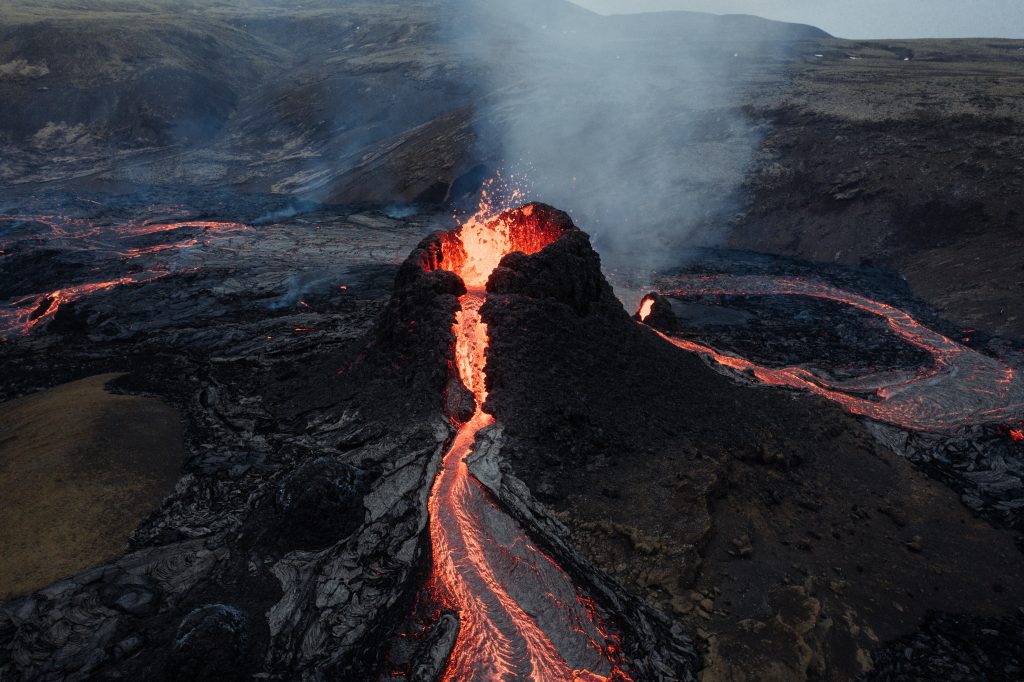Why Scientists Can’t Stop Talking About One Volcano In Mexico
Scientists are studying Paricutin, a small volcano in Mexico, to understand better when the next one like it will emerge in or around the Mexican state of Michoacán.
This article is more than 2 years old

Most of us think of volcanoes as ancient landforms, around since the beginning of time. But one volcano in Mexico has had its entire life cycle documented by modern science because it is only 80 years old. Interestingly, this “baby” volcano isn’t a rarity; experts say new volcanoes are still popping up around the world as seismic plates shift. and the earth continues to evolve.
The Paricutin volcano is located in San Juan Parangaricutiro or Parangaricutirimícuaro, a small village in the western Mexican state of Michoacán. It is surrounded by tree-covered peaks that are older volcanic mountains. A tall stone church tower stands above the rest of the building that was swallowed by lava when Paricutin first erupted 80 years ago.
Scientists agree that another new volcano will form in this region of Mexico but no one knows when it may occur. Last week, a hundred geologists, seismologists, and volcanologists gathered at Paricutin to mark its birthday, discuss disaster prevention strategies, and share experiences. While the volcano is young, its one-and-only eruption lasted a full nine years.
Paricutin provides a unique location to learn more about this type of small volcano that only erupts once. Stavros Meletlidis, a Greek researcher at Spain’s National Geographic Institute, was one of the scientists who journeyed to Mexico with an interest in these young volcanoes. He witnessed the emergence of the most recent new volcano on Spain’s La Palma island in September 2021.
New volcanoes usually launch with a peculiar noise, one that Meletlidis describes as a “deep sound.” Michoacan resident Guadalupe Ruiz, 92, recalls hearing a similar sound on February 20, 1943, when Paricutin came to life following weeks of small tremors. Ruiz said there was a sensation like “water rising underground” and then for days, it felt “like a thunderclap or kick from a horse” as the volcano continued to emerge.
Ruiz’s memories are still vivid even though she was only 12 years old at the time. She recalls her neighbors thinking it was the end of the world as the volcano’s cone emerged from the earth and rocks fell to the ground around them. She remembers a farmer running up to her, his hat covered in volcanic ash, saying that his corn field had opened up and calling it “hell.”
A team of Mexican and American geologists who visited Paricutin 20 times between 1943 and 1945 wrote a report that describes the event in detail. On February 20, 1943, a mild explosion was followed by, “a small eruptive column carrying dust, and some hot stones arose from this new vent.” After about eight hours of activity, “the new volcano began to roar and to hurl out quantities of incandescent bombs with great force,” it said.
The geologists were able to console the community by explaining the science behind what was happening and reassuring them that their village had not been turned into a portal to hell. However, the residents of San Juan Parangaricutiro were still dismayed as their homes filled with ash and the surrounding trees died. The lava eventually spread over seven square miles and its slow progression allowed the government to relocate residents to land it provided.
Tremors continue to rock the area surrounding Paricutin, perhaps the labor pains heralding the arrival of another new volcano in Mexico. They are monitored by seismographs installed in key locations by the National Autonomous University of Mexico’s Geophysics Institute. Scientists hope to provide even more stations to increase the number of tremors they detect because detecting new volcano formation saves lives.





